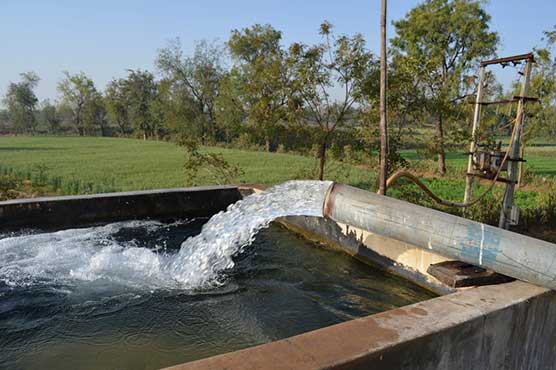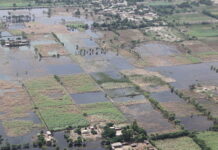
ISLAMABAD: The draft National Water Policy which has been marred by delays has proposed establishment of water resources on a priority basis without including the mention of Kalabagh Dam.
The national water policy has been prepared in deliberation with provinces and is a forty-one-page document which will be taken up for consideration by Council of Common Interests in its meeting on March 21st, reported Business Recorder.
The policy drafted recommends allocation of 10 percent of federal PSDP to the sector, which would be slowly increased to 20 percent by 2030. The draft policy has pushed provinces to raise expenditure in the water sector as entire allocation of Rs145 billion which translates into 7 percent of combined federal and provincial development budget of FY 2017-18 wasn’t enough.
It mentions the country’s river flows are contingent upon glacier melting (41 percent), snowmelt (22 percent) and rainfall (27 percent).
Draft policy states Indus River system gets yearly water inflow of around 134.8 million-acre feet (MAF) and the country gets snowfall only in its northern areas.
It highlighted that rainfall was unpredictable in terms of volume, aerial of distribution and time of occurrence. Yearly precipitations start from less than 100 mm in areas of lower Indus plain to over 750 mm near foothills of upper Indus Plain area.
Pakistan gets over 1.5 MAF water from India which comes via its eastern tributaries including rivers Ravi, Sutlej and Bias. And the country is extracting 50 MAF from aquifers and has breached sustainable limit of safe yield.
Due to over-mining and polluting of these aquifers, it has contributed to arsenic and fluoride being present in water, which was worsening quality of agricultural lands.
The Ministry of Water Resources maintained availability of water could be improved by decreasing losses, increasing storage by building small, medium and large dams, recycling of used water, desalinization of sea water and promotion more efficient use of water.
Draft water policy is targeting to fix quantifiable targets in all these sub-segments with a timeframe and projected resources required over the next 12 years.
Ministry of Water Resources has highlighted the major dangers facing Pakistan are climate change, increase risk of floods, unpredictable rain patterns and droughts.






















